#AdaptiveCruiseControl
NHTSA Issues Initial Crash Report for Driver Assist Tech
In 2021, the National Highway Traffic Safety Administration (NHTSA) asked manufacturers to begin reporting vehicle accidents where Advanced Driver Assistance Systems (ADAS) and/or semi-autonomous driving aids were engaged. The agency was specifically interested in incidents where such systems were active at least 30 seconds prior to the crash, hoping it might shed some light as to the technologies at play while the industry continues to make it standard equipment.
IIHS Study Suggests Buyers of Used Vehicles Learn Less About Their Car
The Insurance Institute for Highway Safety (IIHS) is claiming that individuals shopping for a secondhand automobile end up learning less about the modern features lurking within their automobiles. Considering salespeople have meetings about how best to hype the advanced driving aids in new models, this one really shouldn’t have required a survey for the IIHS to piece it together. But the outlet appears to be attempting to link this alleged lack of knowledge to make claims that it’ll somehow contribute to the probably of used vehicles being involved in a crash.
“Used car buyers were substantially less likely than new car buyers to know about the advanced driver assistance features present on their vehicles,” stated IIHS Senior Research Scientist Ian Reagan, the author of the study. “They were also less likely to be able to describe how those features work, and they had less trust in them. That could translate into less frequent use, causing crash reductions from these systems to wane.”
Motorcycles Set to Embrace Electronic Nannies, Thanks Ducati
On Tuesday, Ducati announced it would be adding adaptive cruise control and blind-spot monitoring to the Multistrada V4 — effectively making it the first production motorcycle in the world to receive such features. While chucking front and rear-facing radar onto an automobile has become relatively common, motorbikes haven’t been getting them. Pricing remains the largest concern but many motorcycle enthusiasts have also pointed out the systems may expose riders to unnecessary risks.
If the forward-mounted radar on your car sees the vehicle in front getting closer, it may jam on the brakes to save you from an accident. On two wheels, that same action runs the risk of tossing a rider over the handlebars before promptly running themselves over. This leaves us wondering as to the true usefulness of these systems migrating to motorcycles. Have we gone mad with electronic nannies or is all this progress worth it to keep us safe?
Annoy the Driver: IIHS Offers Its Two Cents on Improving Self-Driving Safety
The Insurance Institute for Highway Safety (IIHS) has issued a set of guidelines for advanced driving aids, suggesting that the key to automated safety is making sure drivers are perpetually engaged with the vehicle’s operations. Unfortunately, this has turned out to be a Catch-22 scenario due to the way these systems function. Semi-autonomous features are supposed to be there to help promote safety by adding an extra layer of protection; however, many encourage motorists to disengage by nature of their design.
Adaptive cruise control with lane keeping is probably the worst offender. Implemented as a way to keep cars a safe distance apart on the expressway, it offers an experience that borders on having the car chauffeur you around. The effectiveness of these systems vary widely, with none actually being capable of any legitimate self-driving functionality. You’re also not supposed to be able to tune out while they’re in use, but they all seem coyly contrived to do exactly that. The IIHS is concerned this phenomenon will only get worse as driving aids evolve and become increasingly commonplace.
“Unfortunately, the more sophisticated and reliable automation becomes, the more difficult it is for drivers to stay focused on what the vehicle is doing,” said IIHS President David Harkey. “That’s why systems should be designed to keep drivers actively engaged.”
Scary Stats: Drivers Don't Know Jack About the Tech In Their Car
Over the weekend, I found myself conversing with a young woman who admitted to being slightly creeped out by modern automotive technology. She had a bone to pick with everything from push-button ignitions to adaptive cruise control. It was surprising admission from an individual who is planted squarely in the middle of the Millennial age bracket and has no serious interest in cars, but one I’ve been hearing more often lately.
The American Automobile Association seems to be rather touchy on the issue, as well. Much of its interest in the subject revolves around present-day tech lending itself to distracted driving, something it is firmly against. But the AAA Foundation for Traffic Safety appears absolutely convinced that the introduction of advanced driver assistance systems will save lives. However, it also believes that its full potential won’t be unlocked until consumers accept these technologies, understand how to use them, use them as intended, and avoid misusing or becoming over-reliant on them.
Frankly, that sounds like wishful thinking. So long as advanced driving aids exist, they’ll probably be misunderstood and misused. People don’t even use their turn signals correctly, for Christ’s sake.
How Safe Is Level 2 Autonomy? As Safe as the Automaker Makes It
No longer content with just crashing vehicles into walls or poles, the Insurance Institute for Highway Safety has turned its attention to the ever-expanding buffet of new technologies found in today’s automobiles. Driver assistance features ease the driver’s workload and make for comfortable highway cruising, but all systems aren’t made equal.
For its test of “Level 2” autonomous features — meaning, specifically, adaptive cruise control (ACC) and active lane-holding — IIHS selected five premium four-doors. The test group consisted of a 2017 BMW 5 Series with Driving Assistant Plus, a 2017 Mercedes-Benz E-Class with Drive Pilot, a 2018 Tesla Model 3 and 2016 Model S equipped with Autopilot, and a 2018 Volvo S90 with Pilot Assist. Given that each model garnered a “superior” IIHS score for automatic emergency braking, they seemed like choice candidates for a comparison test.
The results, as you’d probably expect, were a mixed bag. We’re not at the technological finish line yet; not by a long shot.
Cadillac President Attributes 'Measured Approach' to Super Cruise Success, Gently Slams Tesla
Speaking at a conference in California on Wednesday, Cadillac President Johan de Nysschen threw some gentle shade at his rivals by stating General Motors’ measured approach to hands-free driving was the secret to Super Cruise being a winner. For those of you that don’t know, Cadillac claimed it became the first automaker to accomplish a coast-to-coast drive using hands-free technology last fall.
While it’s debatable whether the Super Cruise equipped CT6s making the journey actually achieved the feat without a driver ever having to touch the steering wheel, GM’s semi-autonomous system is among the best in the business right now — if not the best.
How did it manage the feat? For the most part, Cadillac built on the technology it already had to fine-tune adaptive cruise control to a point where the car could effectively steer itself on predictable highway jaunts. But de Nysschen says it mastered that in a closed environment, waiting until the system was completely ready. Meanwhile, other areas of General Motors have been devoted to total autonomy and perfecting the Cruise Automation fleet’s artificial intelligence systems.
Piston Slap: Best Reason to Buy a Chrysler 200?
Ronald writes:
I have an hour-plus commute with light to moderate traffic that fluctuates between 50 to 70 miles per hour. Adaptive cruse control would be great, but how cheap of a used car can I find with the technology?
Don't Drink the Google Kool-aid: Autonomy's Limits in Three Sips
Please welcome TTAC’s newest contributor, Professor Mike Smitka. Mr. Smitka teaches a course on the Economics of the Auto Industry at Washington and Lee University in Lexington, Virginia and is regarded as an authority on the automotive world. He also makes time to read and comment on TTAC.
Google’s senior executives are busily touting the wonders of autonomous vehicles. There’s the technological marvel, at least in the eyes of Silicon Valley. There are the economic benefits – no more congestion, no more accidents. Wonder of wonders! – and great for the Google empire, and for its stock price.
Ten Best and Worst Automotive Gadgets
As the line between automotive electronics and consumer electronics grows ever closer, the list of new-car options has grown at an incredible pace. As a person who’s constantly in a new vehicle and has an insatiable love for gadgetry, click through the jump for my top 10 must-haves and the 10 options you should avoid at all costs. Picking the right options can help your car’s resale value and choosing the wrong ones can lower it or even limit the market for your ride.







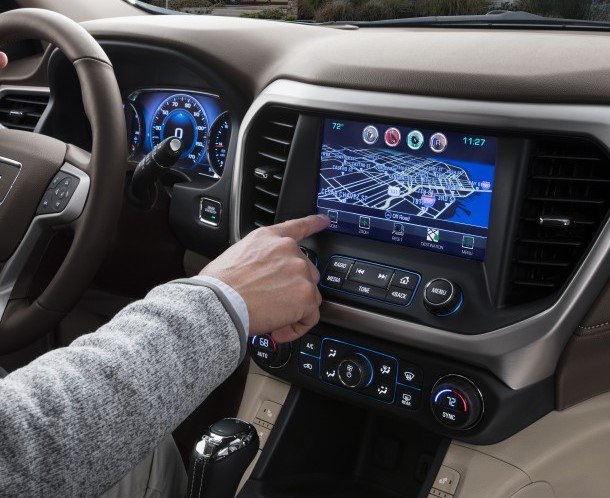
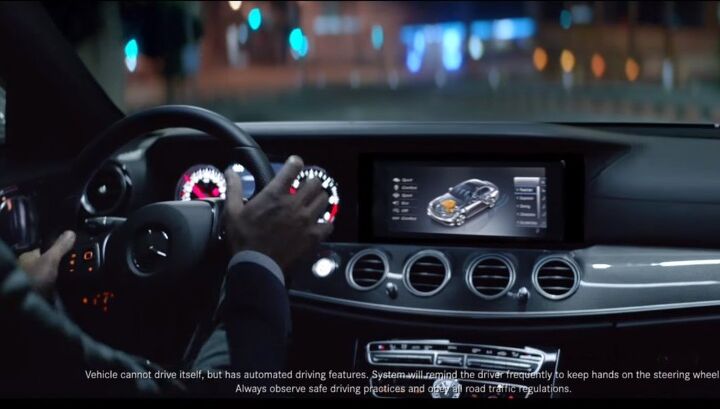
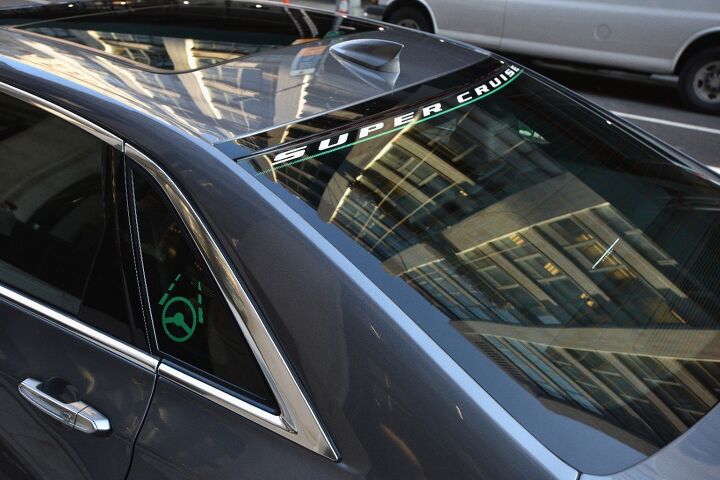
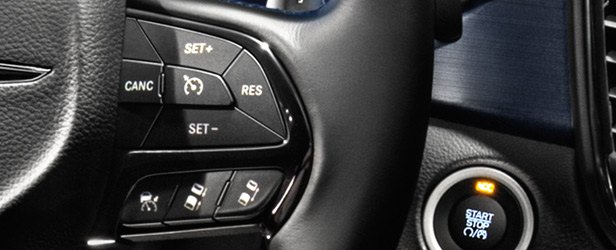
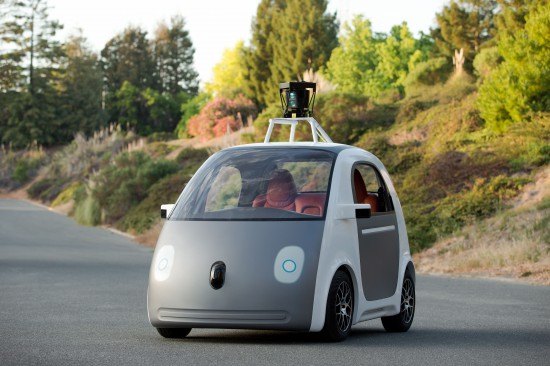













Recent Comments